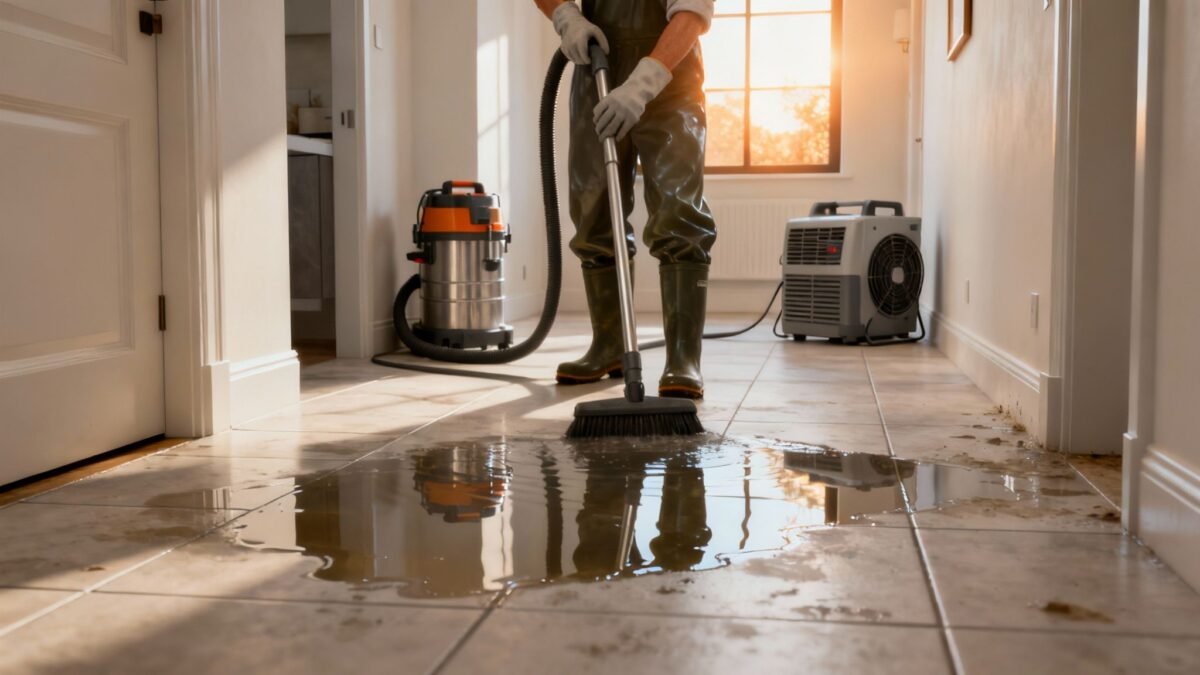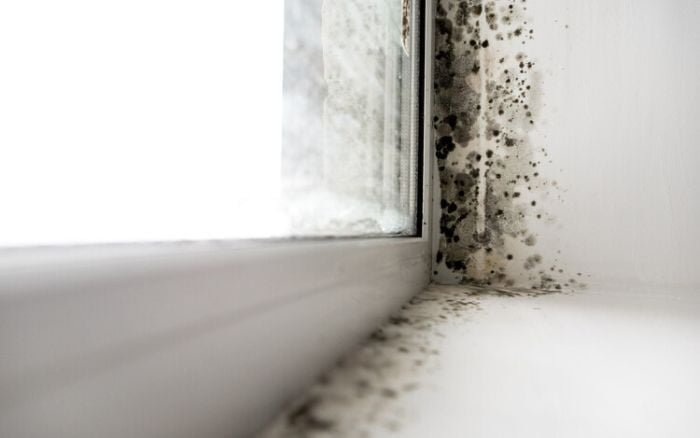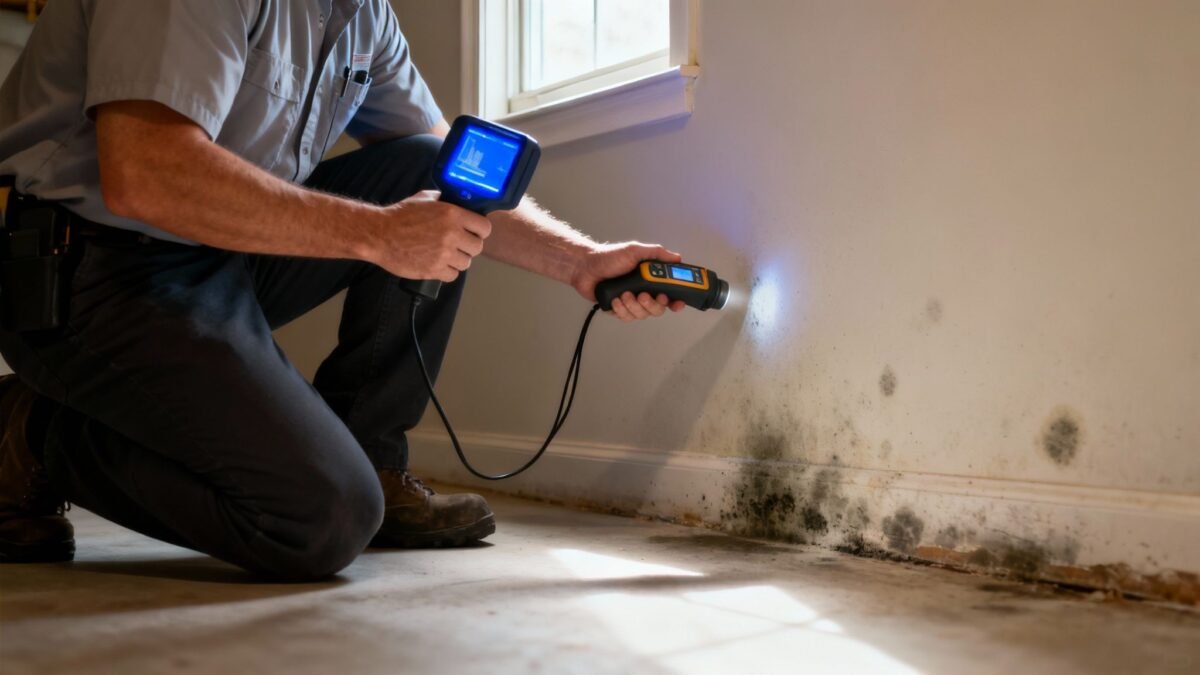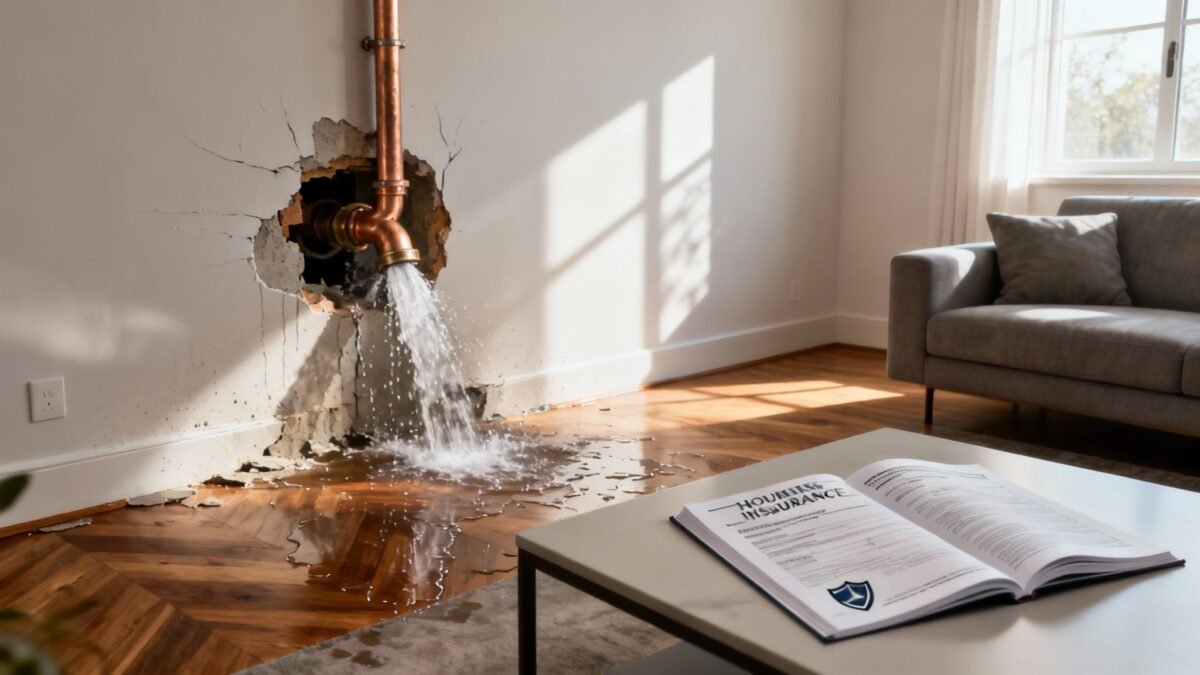
Your Guide to Emergency Water Cleanup at Home
When you find yourself standing in water inside your home, the clock starts ticking. Those first 30 minutes are absolutely critical. What you do right
Submit your question
Understanding the various causes of mold growth can help you take preventative measures and address any issues promptly. Regular maintenance, moisture control, and quick response to water-related incidents are key to minimizing the risk of mold in your property.


When you find yourself standing in water inside your home, the clock starts ticking. Those first 30 minutes are absolutely critical. What you do right

That musty smell in your basement you can't quite place, or that dark spot spreading on the ceiling after a long winter in Los Angeles?

Wondering if homeowners insurance covers burst pipes in California? This guide explains when water damage is covered, what exclusions apply, and how to protect your home from costly repair bills by understanding your policy’s fine print.